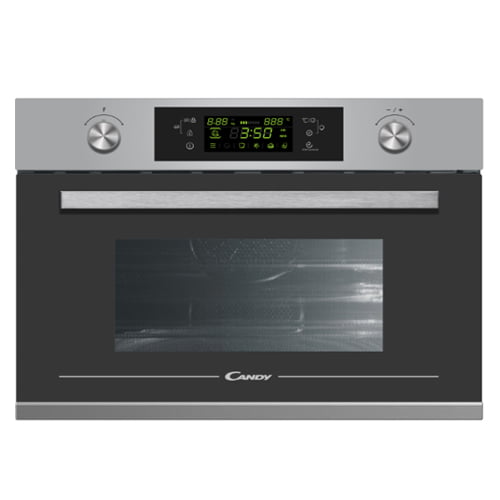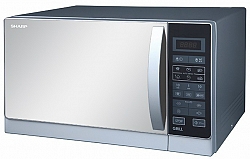
חנות למוצרי חשמל בתל אביב אתר למוצרי חשמל | מיקרוגל דיגיטלי 25 ליטר Sharp שארפ דגם R709ZK | מוצרים קטנים למטבח ולבית | מיקרוגלים

חנות למוצרי חשמל בתל אביב אתר למוצרי חשמל | מיקרוגל דיגיטלי 25 ליטר Sharp שארפ דגם R709ZW | מוצרים קטנים למטבח ולבית | מיקרוגלים



.jpg)











V.jpg)





